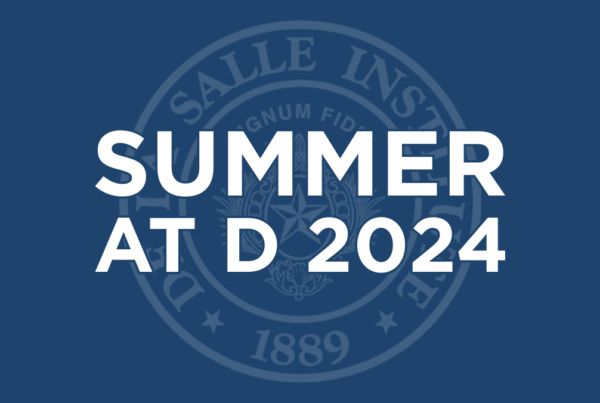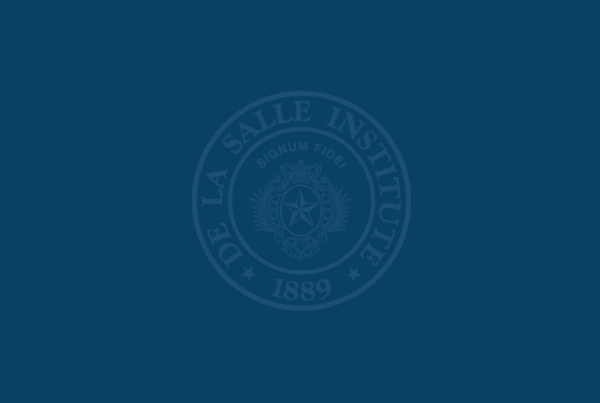Guardians of the Mission: The President and the Board
An article written by Anne Marie Tirpak, President of De La Salle Institute for the Catholic School Management Letter. You can also read the newsletter on the Christian Brothers Services webpage.
Being entrusted with the leadership of an institution is an awesome and humbling responsibility. Successful leadership requires passion and vision, clearly defined expectations, trust, transparency and mutual accountability. When Presidents and Board members prioritize the vitality and viability of mission and their guardianship of it, the school, its mission and people can thrive. Hiring a President It is presumed that when the Board of Directors/ Trustees extends an offer to a prospective President of an organization, its sole employee, the Board has done its due diligence in vetting the candidate for mission fit, skill set and aptitude for success. From the thorough application process to interviews with key stakeholders to screening and vetting of the candidate via references, background check, etc., when an offer is made, a contract is returned and a communications strategy executed, the Board has publicly claimed its candidate to lead the school and its mission. In doing so, the Board members have granted tremendous responsibility to the individual, recognizing that their role is then to support the President, ensure the strategic direction of the organization and secure the funds to finance the strategic plan. What Should the Board Expect from the President? When a President takes office, he/she should get up to speed as quickly as possible by reviewing key documents and meeting key stakeholders that were not included in the interview process. Creating a formal 100-day entry plan and sharing it with the Board and school staff may assuage any concerns about the leadership transition by providing a roadmap of the President’s initial priorities. In an educational environment, specific goals can be formulated for the key stakeholder groups of the Board, administrative leadership, educators, students, alumni, parents of alumni, and community members like police and fire chiefs, political leaders and leadership of neighboring organizations.
Watch the Webinar
Download the PDF to continue reading President Tirpak’s article.



